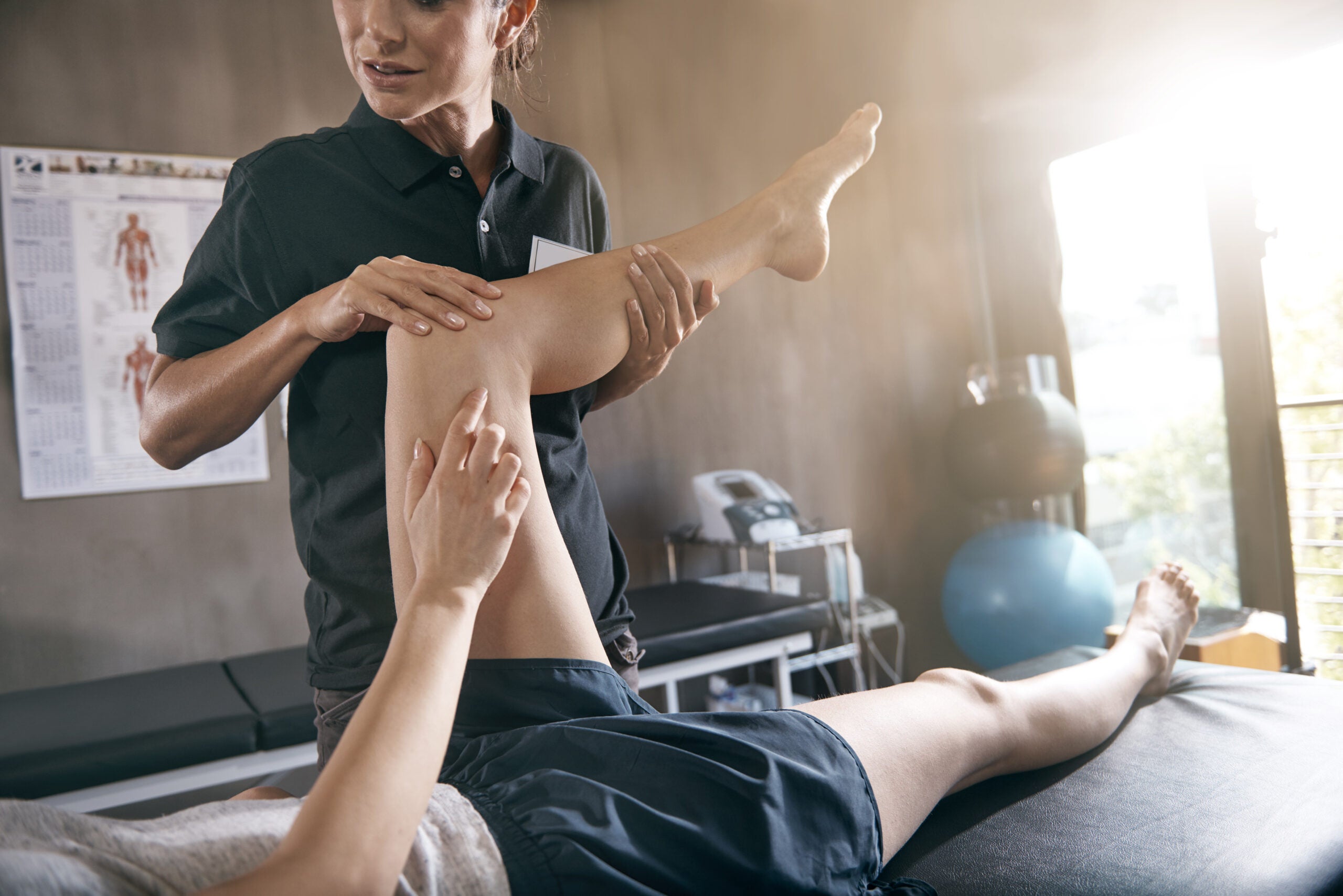To start, it is important to choose the right foam roller. Foam rollers come in different compression levels and lengths. A low-density foam roller is ideal for beginners or those with muscle tenderness, while a firmer roller can provide more intense pressure for more advanced users. The size of the roller should also be taken into account; extended rollers can be advantageous for major muscle areas, while smaller ones are better for targeting precise spots. Once the best-fit roller is chosen, individuals can begin to integrate foam rolling into their routine productively.
When using a foam roller, it is essential sites to focus on controlled movements. Rolling over tight areas too fast can cause irritation and may not provide the intended benefits. Instead, individuals should roll steadily over each muscle group for 30 seconds to two minutes. This allows the muscles to relax and helps to release knots and tight spots. Focused breathing while rolling can also improve relaxation and effectiveness. Targeting major areas such as the calves, thighs, hamstrings, and back can lead to meaningful improvements check that in flexibility.

Additionally, combining foam rolling with flexibility exercises can enhance flexibility benefits. After using the foam roller, it is beneficial to perform held stretches on the same muscle groups that have been released. This approach helps in promoting blood flow and enhancing the range of motion in those muscles. For example, after working on the hamstrings, stretching them by performing a forward bend can further enhance flexibility. Adding these techniques into a program ensures that muscles are both relieved of tightness and lengthened.
Lastly, routine application is key when it comes to foam rolling and improving flexibility. Adding foam rolling into a regular routine can provide lasting benefits. It is suggested to spend at least 10 minutes a few times a week focusing on different muscle groups. By making foam rolling a regular practice, individuals will likely see positive changes in their flexibility over time. This method not only prepares the body for physical activity but also supports recovery and maintenance of overall muscle health, making it an beneficial addition to any fitness program.